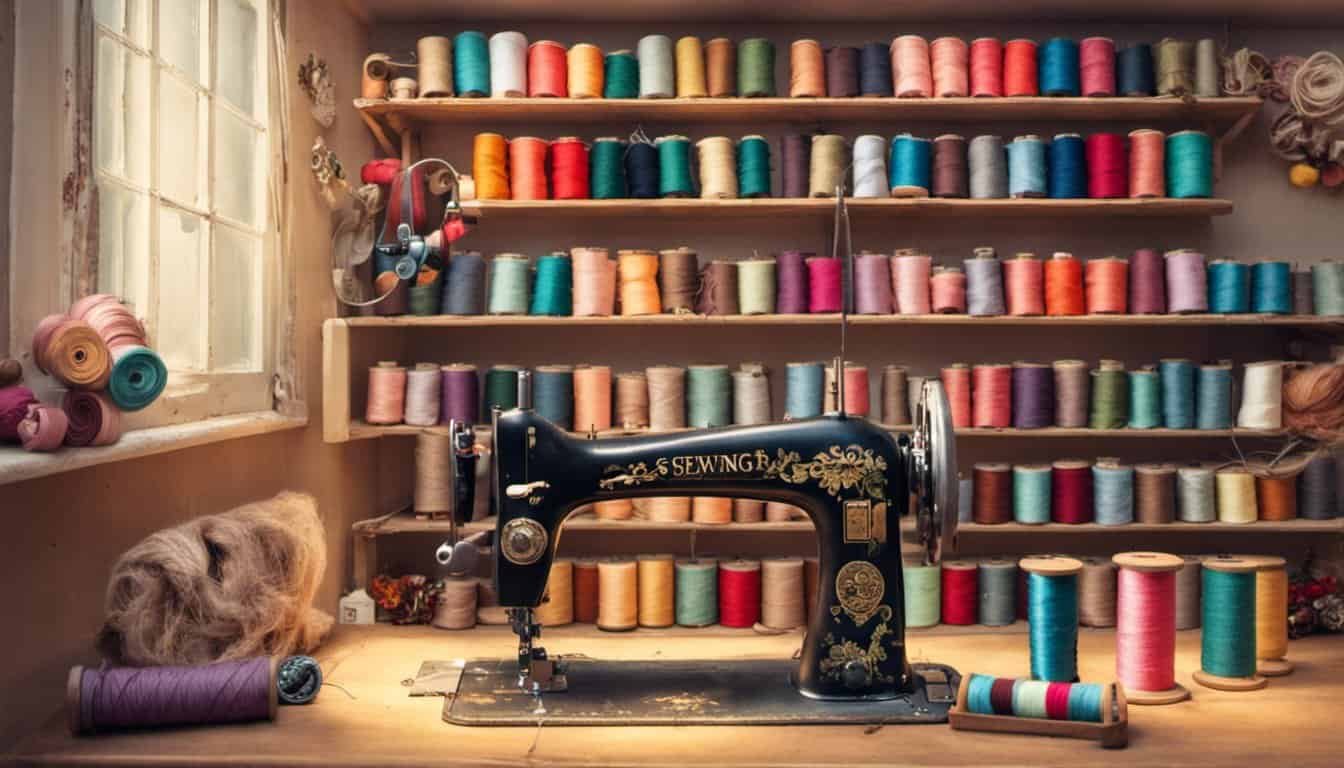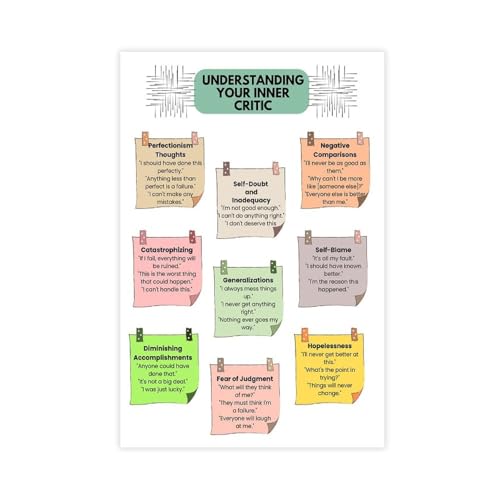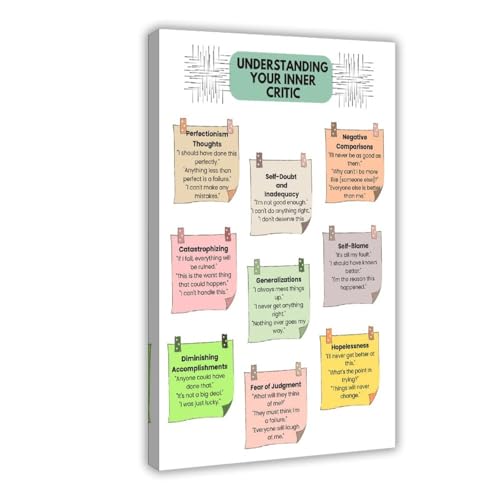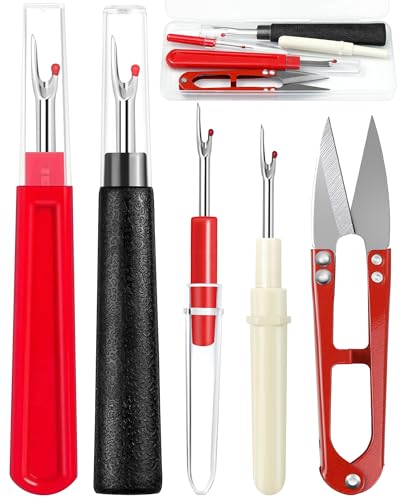Choosing the perfect fabric can feel overwhelming, especially with so many options out there. But don’t worry you’re not alone.
Whether you’re crafting a cozy quilt or tailoring a chic outfit the right fabric makes all the difference. This guide will walk you through the essentials of selecting fabrics that align with your project’s needs and your personal style.
Get ready to transform your sewing projects with confidence and creativity.
Understanding Different Fabric Types
- Cotton: Breathable and easy to work with, suitable for shirts, dresses, quilts.
- Linen: Durable and absorbent, ideal for summer garments, curtains, table linens.
- Silk: Smooth and luxurious, perfect for scarves, evening wear, delicate home décor.
- Wool: Warm and sturdy, best for sweaters, coats, blankets.
- Polyester: Resistant to shrinking and wrinkling, used in activewear, upholstery, linings.
Assessing Your Sewing Project Needs
Identifying your project’s specific requirements ensures you select the most suitable fabric. Evaluating style and functionality guides your fabric choice effectively.
Project Style and Design
Determine your project’s aesthetic to narrow down fabric options. Consider patterns, colors, and textures that align with your design vision. Match fabric weight and drape to the intended look and feel. For example, lightweight cotton suits casual garments, while satin enhances formal pieces. Ensure the fabric complements your overall style and design elements.
Functionality and Durability
Choose fabrics based on the intended use and longevity required. Assess how the fabric will perform under regular use and stress. Opt for durable materials like wool for outerwear, ensuring warmth and resistance to wear. Select polyester for projects needing wrinkle resistance and easy maintenance. Evaluate factors such as ease of cleaning, resistance to stretching, and overall sturdiness to guarantee your project meets functional demands.
Selecting Colors and Patterns
Choosing the right colors and patterns enhances your sewing project’s visual appeal. It ensures your creation reflects your personal style and meets its intended purpose.
Color Theory Basics
Understanding color theory helps you create harmonious designs.
- Complementary Colors: Use colors opposite each other on the color wheel, like blue and orange, to make elements stand out.
- Analogous Colors: Select colors next to each other, such as green, blue-green, and blue, for a cohesive look.
- Monochromatic Scheme: Incorporate varying shades of a single color, like different blues, to add depth without overwhelming.
Consider the mood each color evokes. Warm colors like red and yellow create energy, while cool colors like blue and green offer calmness. Utilize neutral tones—black, white, gray—for balance and versatility in your projects.
Matching Patterns and Textures
Combining patterns and textures adds interest and dimension to your fabric selection.
- Scale Consistency: Pair large patterns with smaller ones, such as big floral prints with tiny polka dots, to maintain balance.
- Texture Variety: Mix smooth fabrics like satin with rough textures like burlap to create contrast.
- Pattern Harmony: Ensure patterns share a common color palette to unify different elements.
Evaluate the fabric’s weight and drape when matching textures. Lightweight materials like chiffon complement heavier fabrics like denim without causing bulk. Consider the project’s purpose; for example, combining soft knits with structured cotton enhances both comfort and shape in garments.
Considering Fabric Weight and Texture
Selecting the right fabric weight and texture ensures your project functions well and looks great.
Fabric Weight
Fabric weight determines how heavy or light your material feels, affecting its drape and suitability for different projects.
- Lightweight: Ideal for summer garments, scarves, and linings. Examples include chiffon, organza, and voile.
- Medium-Weight: Versatile for dresses, blouses, and lightweight jackets. Common fabrics are cotton, linen, and rayon.
- Heavyweight: Best for outerwear, upholstery, and structured garments. Examples include denim, canvas, and wool blends.
Fabric Texture
Texture adds depth and interest to your sewing projects, influencing both appearance and comfort.

- Smooth: Provides a sleek finish, perfect for formal wear and tailored pieces. Examples include satin and silk.
- Textured: Adds visual interest and tactile variety, suitable for casual clothing and home décor. Examples include boucle, tweed, and jacquard.
- Stretchy: Offers flexibility and comfort, ideal for activewear and fitted garments. Examples include jersey and elastane blends.
Fabric Weight and Texture Guide
| Fabric Type | Weight Category | Texture Type | Suitable Projects |
|---|---|---|---|
| Chiffon | Lightweight | Smooth | Scarves, evening dresses |
| Denim | Heavyweight | Smooth/Sturdy | Jeans, jackets, upholstery |
| Boucle | Medium-Weight | Textured | Coats, skirts, home textiles |
| Satin | Lightweight | Smooth | Lingerie, blouses, ribbons |
| Tweed | Heavyweight | Textured | Suits, outerwear, bags |
| Jersey | Medium-Weight | Stretchy | T-shirts, activewear, dresses |
Matching Weight and Texture to Projects
Evaluate your project’s requirements by considering both weight and texture. For example, a flowy summer dress benefits from lightweight, smooth fabrics, while a durable outdoor jacket requires heavyweight, textured materials. Balancing these factors enhances both the functionality and aesthetic of your creation.
Tips for Combining Different Fabrics
Combining different fabrics enhances your sewing projects by adding depth and interest. Follow these tips to ensure your fabric combinations are harmonious and functional.
Match Fabric Weights
Ensure fabrics have similar weights to maintain structure and drape. Mixing lightweight cotton with heavyweight wool can create imbalance.
- Lightweight Fabrics: Ideal for blouses, summer dresses, and linings.
- Medium-Weight Fabrics: Suitable for skirts, jackets, and home decor.
- Heavyweight Fabrics: Perfect for coats, upholstery, and outerwear.
Coordinate Colors and Patterns
Select colors and patterns that complement each other. Use color theory principles to create cohesive looks.
- Complementary Colors: Pair colors opposite each other on the color wheel for vibrant designs.
- Analogous Colors: Use colors next to each other for a harmonious appearance.
- Monochromatic Schemes: Combine various shades of a single color for subtlety.
When mixing patterns, vary the scale to avoid visual clutter. Combine large prints with small motifs to create balance.
Consider Fabric Texture
« 15 Must-Read Sewing Books for All Levels to Transform Your Craft Today
10 Best Online Sewing Courses for Beginners That Will Transform Your Skills Overnight »
Different textures add tactile interest and visual contrast. Balance smooth and textured fabrics to enhance your design.
- Smooth Fabrics: Silk, satin, and charmeuse offer a sleek finish.
- Textured Fabrics: Tweed, boucle, and velvet provide depth and richness.
- Stretchy Fabrics: Jersey and elastane add flexibility and comfort.
Test Fabric Compatibility
Before finalizing your project, test fabric combinations for compatibility. Wash and iron samples to check for color bleeding and shrinkage.
Use Interfacing and Stabilizers
Incorporate interfacing or stabilizers when combining fabrics with different properties. They provide structure and prevent distortion.
- Interfacing: Adds stiffness to collars, cuffs, and waistbands.
- Stabilizers: Support delicate fabrics during embellishment or applique.
Seam Finishes and Construction
Use appropriate seam finishes to accommodate different fabric behaviors. Reinforce seams when working with heavy or slippery materials.
- French Seams: Ideal for lightweight and sheer fabrics.
- Flat-Felled Seams: Suitable for durable garments and outerwear.
- Bias-Cut Seams: Enhance flexibility in stretchy or structured fabrics.
Accessorize Thoughtfully
Incorporate trims, ribbons, and buttons that complement your fabric combinations. Choose accessories that enhance the overall design without overpowering it.

By applying these tips, you can successfully combine different fabrics, creating sewing projects that are both aesthetically pleasing and functionally sound.
Common Mistakes to Avoid
Choosing Inappropriate Fabric for the Project
Selecting a fabric that doesn’t match your project’s needs compromises both appearance and functionality. For example, using lightweight cotton for a winter coat results in insufficient warmth, while opting for heavy wool in a summer dress causes discomfort. Assess your project’s requirements carefully to ensure the fabric type aligns with its intended use.
Ignoring Fabric Weight and Texture
Overlooking the importance of fabric weight and texture can lead to structural issues and poor drape. Lightweight fabrics like chiffon are unsuitable for structured garments, causing them to lose shape. Conversely, heavyweight fabrics like denim may be too stiff for flowing dresses. Match fabric weight and texture to your project’s design to achieve the desired look and functionality.
Mismanaging Color and Pattern Coordination
Poor color and pattern choices disrupt the visual harmony of your project. Using clashing colors or incompatible patterns can make the finished piece appear chaotic. For instance, pairing a bold striped fabric with a busy floral pattern overwhelms the design. Utilize color theory and pattern matching techniques to create a cohesive and appealing aesthetic.
Overlooking Fabric Compatibility and Stability
Failing to test fabric compatibility leads to issues like puckering and seam failure. Different fabrics react uniquely to stitching and interfacing. For example, combining a stretchy knit with a non-stretch fabric without proper interfacing causes tension in seams. Test fabric combinations and use appropriate stabilizers to enhance durability and performance.

Neglecting Proper Seam Finishes
Inadequate seam finishes affect both the durability and appearance of your project. Raw seams can fray, weakening the garment over time. Using incorrect seam finishes for fabric types, such as ignoring serging for knits, results in frayed edges and reduced garment lifespan. Apply suitable seam finishing techniques to ensure clean and sturdy seams.
Underestimating Fabric Shrinkage and Care Requirements
Not accounting for fabric shrinkage during washing leads to ill-fitting garments. Natural fibers like cotton and wool are prone to shrinking, while synthetic fabrics like polyester remain stable. Pre-wash your fabric and follow care instructions to maintain the fit and integrity of your finished project.
Selecting Patterns and Textures That Clash
Combining patterns and textures without consideration disrupts the project’s balance. Large patterns paired with small, intricate textures can create visual tension. For example, a broad plaid paired with a fine lace might compete rather than complement each other. Carefully balance pattern sizes and texture types to enhance the overall design.
Failing to Consider Fabric Stretch and Recovery
Ignoring the stretch properties of fabric can result in garments that deform easily. Stretch fabrics like jersey require appropriate stitching techniques to maintain their shape. Using non-stretch fabrics without accounting for movement areas causes seams to break under tension. Understand and utilize the stretch and recovery characteristics of your fabric to ensure longevity and comfort.
Not Testing Fabric Behavior Before Starting
Skipping fabric testing leads to unexpected challenges during the project. Fabric behavior varies under different conditions, such as tension and sewing techniques. For example, some silks may slip on the sewing machine, causing inaccurate stitching. Test your fabric with your tools and techniques to anticipate and address potential issues.

Selecting Inadequate Tools for Fabric Type
Using the wrong tools for specific fabrics compromises the quality of your project. For instance, dull scissors damage delicate fabrics like silk, while heavy-duty needles are unnecessary for lightweight materials. Choose appropriate tools, such as sharp scissors and the correct needle type, to ensure precision and avoid fabric damage.
Overcomplicating Design with Excessive Detail
Adding too many details overwhelms the design and complicates the sewing process. Intricate embellishments on a simple fabric can distract from the overall look and make construction difficult. Focus on balancing design elements to maintain simplicity and elegance, ensuring that every detail enhances rather than detracts from the project.
Ignoring Fabric Grain and Direction
Disregarding fabric grain orientation affects the garment’s fit and drape. Cutting fabric without aligning to the grain can cause the finished piece to skew or stretch unpredictably. Always follow the fabric’s grainline when cutting patterns to ensure accurate fit and proper drape.
Avoiding these common mistakes ensures that your sewing projects achieve both aesthetic appeal and functional excellence. By carefully selecting appropriate fabrics, managing colors and patterns, and employing proper sewing techniques, you enhance the quality and longevity of your creations.
Conclusion
Choosing the right fabric sets the foundation for a successful sewing project Trust your instincts and let your personal style guide you

Experiment with different textures and colors to discover what works best for you Every project is a chance to learn and grow
With the right fabric in hand you’re ready to create something beautiful and unique Happy sewing!
















